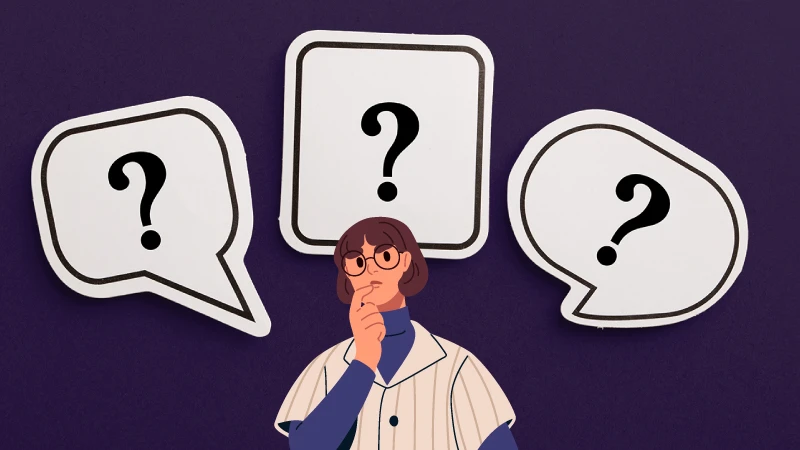- Insights
- Customer Experience
- Article
The future of customer service: When customers outsource their support issues

The concept of “convenience” has changed dramatically in the last decade.
Today, consumers can buy nearly any product from the comfort of their couch and have it delivered to their door in mere hours. With smartphones in hand, they can book medical appointments while riding the bus, do their taxes with a few quick taps and get instant answers to nearly any question.
Suddenly, the prospect of contacting customer service, which many assume will involve long hold times and multiple calls with a number of different agents, seems outdated and sluggish – an analog experience in a digital world. Not surprisingly, frustrated and time-strapped customers are eager to bypass these perceived inconveniences and outsource the task to a service provider.
A new class of apps and digital services are ready to answer that call. These third-party companies provide customers with an appealing, high-tech alternative to “analog” support queries, promising to address their every need and want, including stepping in as their surrogate. They also come with serious implications for the customer journey.
Meet the new concierge
In the beginning, there was the hotel concierge — a trusted advocate for guests who could be relied upon to arrange reservations, make expert recommendations and help alleviate the stress of planning in an unfamiliar place. Then, credit-card companies adopted the concierge to assist their VIP clients in obtaining hard-to-find concert tickets and picking out personalized gifts. Now, tech companies have co-opted the concierge concept and made it accessible to anyone with a computer or mobile device.
There’s a broad selection of concierge apps available, but they all share a “we’ll take it from here” approach. For example, in the travel and hospitality industry, Service monitors pricing changes and automatically rebooks flights if cheaper rates are found. Other apps, like AirHelp, go one step further, seeking compensation on behalf of delayed travelers and even leveraging the expertise of their network of lawyers should an airline refuse to pay.
While the many woes of travel present ample opportunity for concierge-style service to shine, many other industries also have a need for high-touch, white-glove service on demand. For instance, Bond Black appeals to business leaders who often have a need to send personalized letters and high-end gifts, but are notoriously short on time. This members-only service scans users’ handwriting and converts their digital correspondence into “handwritten” notes. Its concierge team then helps users pick out luxe, personalized gifts and locate contact information for the intended recipients before packaging it up beautifully and sending it out.
Other companies are leveraging next-generation tech to automate the concierge experience. Just last month, Google debuted its intelligent virtual assistant, Google Duplex. Rather than simply booking reservations and making purchases digitally, Google Duplex has the capability to make actual phone calls and carry on conversations with receptionists and maître d’s.
Identifying customer service pain points
Beyond the cool factor of having a digital assistant, concierge apps provide a much-needed salve for many customer pain points. Inundated with work and distractions, and perpetually low on personal bandwidth, consumers are hungry for the speed and convenience that comes with simplified and personalized experiences.
According to Daniel Levine, trends expert and director of the Avant-Guide Institute, the average consumer is more averse to complications than ever before. “The promise of technology was always that it was going to free us, yet the opposite has happened,” he says.
Despite our technological innovations and increased connectivity, Levine believes that navigating customer service is still intimidating, time-consuming and fraught with pain. And judging by the results of NRG’s State of Customer Service Experience Report, he’s right. The survey of over 1,000 U.S. respondents revealed that consumers are “increasingly frustrated by how much effort is required to get the help they need from companies.”
Solutions over surrogates
How will third-party customer service surrogates change the customer experience? Levine believes these services can provide helpful insights for improvement if watched closely. “This trend is going to get a lot more intense. There’s no question in my mind that it’s an issue that contact centers need to study,” he adds.
For starters, by keeping track of all surrogate calls, brands can better understand why people are using an outsourcing service to connect with customer support in the first place. If it’s the same issue coming up time and time again, you can determine and address the underlying problem.
If support surrogate calls prove difficult to identify, focus on the general friction points. As NRG’s survey points out, half of consumers experience difficulties when contacting support channels, and more than 70 percent experience long wait times even once they get through.
Offering customers multiple ways to instantly connect with customer service — from direct phone numbers to Facebook Messenger — can relieve some of these headaches, but it’s only the first step. After contact is made, agents must focus on solving the problem during this first interaction as customer satisfaction scores drop with every subsequent call.
Using technology to remedy some of the pain points is another helpful strategy. In the BBC article, Could Robots Put an End to Maddening Customer Service Calls?, science and tech writer, Chris Baraniuk, explains that quick assistance from a conversational bot can ease many customer frustrations, “It allows for an exchange to happen instantly, without — for instance — requiring customers to spend a long time navigating a phone menu tree. And, of course, some very simple queries — ‘How much do you charge for X service?’ — can be quickly answered by bots.”
Concierge apps and third-party support surrogates may seem like industry disruptors, but they’re really a symptom of a larger set of problems. By focusing on the root issues these apps are attempting to address — long wait times, complicated contact procedures and impersonal communications — traditional customer service teams have the opportunity to step up their game, increase efficiencies and maintain the goodwill that might otherwise be intercepted by go-between apps.




